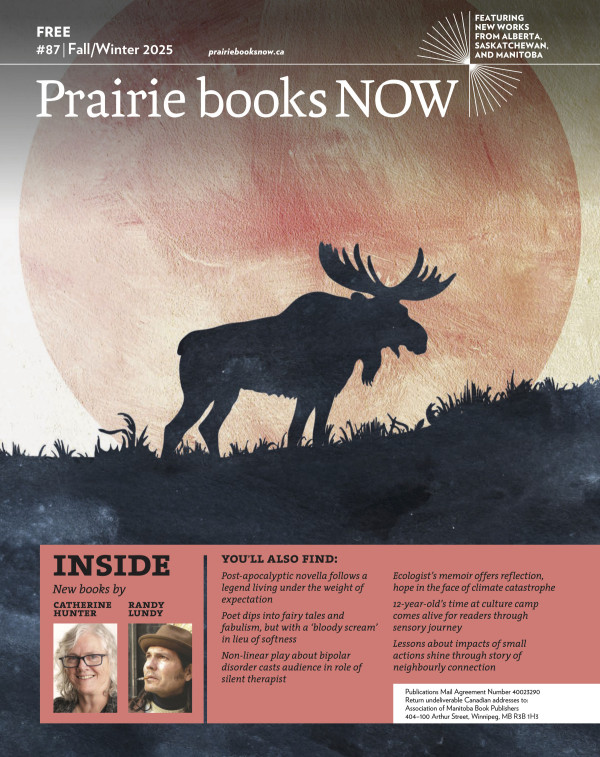When did you first see yourself in a story? In a character that looks like you? Speaks like you? Loves like you? How old were you when that happened? How did it feel?
These are the questions Meghan Malcolm and I ask students – from elementary to high school age – during our workshops about the importance of diverse books. Together, the two of us run Willow, a queer-owned independent bookstore in Winnipeg focused on highlighting underrepresented voices.
We start by telling our own stories. Meghan, Willow’s founder, first saw their queerness reflected in Willow Rosenberg, a bisexual character in Buffy the Vampire Slayer – hence the store’s name. It wasn’t until university that I found a familiar portrayal of my mixed-race heritage in reading Fred Wah’s Diamond Grill and Wayde Compton’s “Self-Interview.”
After we speak, we open the floor. Anyone in the room is welcome to share about their earliest encounters with representation while everyone else listens. It’s a powerful experience – an invitation for participants to recount the first time they knew their existence was possible.
Students talk about everything from mental health to family structures, cultural food to gender identity. It’s emotional for some. For others, it’s the first time they’ve ever had to think about it.

Megan Wray
If you’re always able to see yourself on screens and pages, you might not realize that others struggle to be seen at all. And that’s why diverse books are so crucial. They validate, affirm, and create language for our realities while making room for the experiences of others.
Representation is equally affirming and eye-opening. It stretches our schemas of who and what is able to exist and the ways in which it can be done. It creates possibility. If we never see people existing in ways that are familiar (or foreign) to us, it’s hard to imagine that we (or others) could do this too.
The truth is that representation is not revolutionary – it’s just necessary.
And while it’s no secret that there’s a deficit of diverse books being published, when these stories do get told, they’re too commonly hidden on “special interest” shelves or only briefly highlighted on timely displays.
At Willow, we intentionally bring these books to the front. Our specially-curated selection is based on the mandate we’ve carried with us since our origin: sharing stories to lose and find yourself in. We believe in the power of seeing yourself reflected in the world around you, and the simplest way we do this is by making stories by LBGTQ+, BIPOC, and other underrepresented authors increasingly visible and accessible.
We work with educators, caregivers, and community organizations to diversify their bookshelves, operate a “buy to donate” program to get more inclusive books into schools, and take any opportunity we can to discuss the importance of representation.
One of the most common pieces of feedback we receive while folks flip through the books on our shelves is, “I wish this existed when I was younger.” And as beautiful as those moments are, we aim to prevent them.
We dream of a world where seeing yourself in stories isn’t rare but is an everyday experience. Where you don’t have to search for representation because it’s proudly showcased all around you. A world where you don’t remember the first time you felt your existence was valid because you’ve always known, undoubtedly, that it is.













